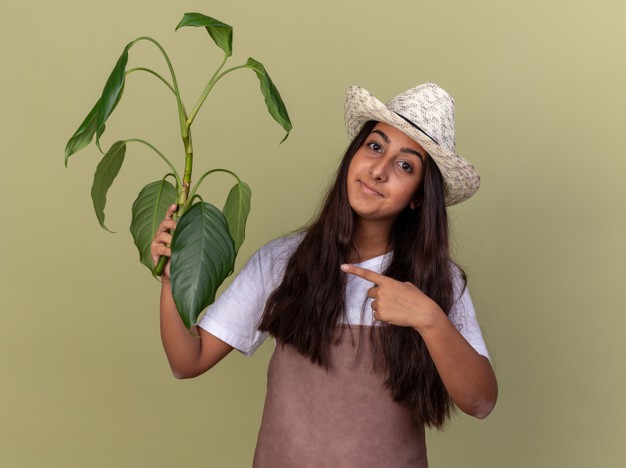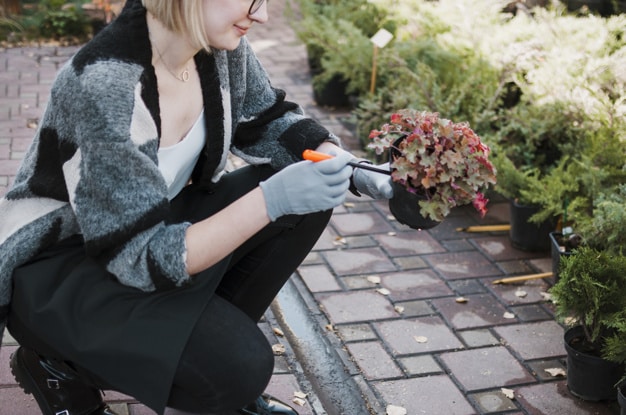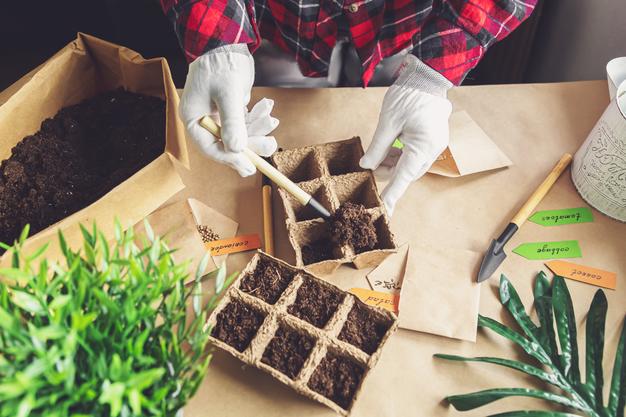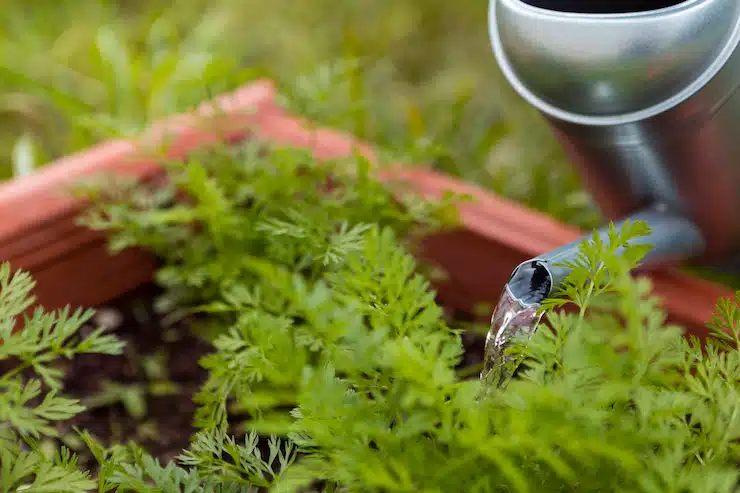A Step-By-Step Guide To Starting Your Own Garden
Step-By-Step Guide To Starting Your Own Garden :
Gardening Is An Exciting And Rewarding Hobby, And Starting One Can Be Easy : Gardening can be an enjoyable and fulfilling hobby that’s easy to get into. A garden adds beauty and life to outdoor living spaces while providing delicious homegrown produce – you just need a few basic steps to start growing it yourself and reap its benefits!
This step-by-step guide will equip you with all of the information and advice necessary to design and grow a beautiful, productive garden that you can be proud of. From finding an appropriate location and soil preparation to selecting appropriate plants and maintaining your garden, this comprehensive guide covers every element essential for successful gardening – be it novice or veteran gardener alike. This book can help create something you will be proud of for years and years!
Step-By-Step Guide To Starting Your Own Garden
1. Consider What To Plant

Decide What to Plant When selecting what to plant in your garden, there are various factors that must be taken into account, including weather conditions, sunlight levels and soil pH. Firstly, identify your climate type; every plant has specific climate requirements which determine its optimal growth in that location; to find out which varieties flourish best, refer to a plant hardiness zone map. Some plants do best under full sun while others require partial.
Sunlight plays an integral part in determining when and how quickly plants bloom, with large yields likely as a result. Soil pH also plays a large part in which kinds of plants thrive best in your garden – check it at local garden supply stores or online for accurate readings. Once you know which varieties thrive best, select those that offer maximum harvest.
2. Pick The Best Garden Spot

Before planting your garden, it is necessary to select its location. As with other gardening decisions, this one depends on several variables, including sunlight levels and soil type. Furthermore, make sure your chosen spot is easily accessible; and consider its visual appeal; though most focus solely on growing the best produce, aesthetically pleasing gardens also help create lasting impressions with visitors. Once you find an area you think would be ideal, ensure the soil is ready!
3. Clear The Ground

Before planting your garden in an area with grass or ground cover, it’s essential that it be cleared. A shovel or weed wrench are helpful tools in clearing away grass while stubborn weeds should be tackled using both manual weeding and mulching techniques; to mulch weeds simply cover them up with dry leaves or straw for added weed-elimination power. Once this task has been accomplished, testing and improving your soil can begin!
4. Test And Improve Your Soil

Before planting your garden, it’s important to test its quality by conducting a soil test that measures pH and nutrient levels. You can also dig up samples of existing garden soil in order to ascertain its texture and consistency – ideal garden soil should have crumbly friable texture with crumbles; otherwise you can amend yours by adding compost or fertilizer. Once this step has been completed, planting can begin.
5. Prepare Your Planting Beds

Once your soil is prepared, you can create planting beds where you will plant your garden. Raised beds tend to work best – build or purchase one from your local gardening store – though make sure that its depth holds enough soil so your plants have what they need to grow!
Rather than trying to DIY it all on your own, if you need assistance with gardening techniques or harvesting produce from your garden, why not hire a gardening service instead? With their help you can rest easy knowing you are doing everything correctly and reaping maximum returns from your efforts in your garden.
6. Pick Your Plants

Once your garden bed is prepared, it’s time to select the varieties of plants you would like to grow. When making this selection, take into account factors like available space, sunlight requirements and expected yields when making this decision – you can find information on these factors by reading plant tags or consulting plant guides; alternatively visit your local gardening store where a gardening expert can advise which would work best in your garden bed. Once selected, planting can begin.
7. Start Planting

To get your garden planting underway, first decide how you want to organize its rows. Two popular strategies for doing this are row wide or row narrow layout. While row wide works well when growing crops that need lots of room – such as corn and pole beans – row narrow works best when growing short but wide crops like carrots, radishes, or lettuce. Once your rows are ready to go, it’s time to select the ideal planting depth.
8. Water At The Right Time

Watering your garden correctly is key to creating a successful one. When watering, aim to water when the soil is dry and the sun has gone down; overwatering could lead to fungal diseases while under-watering can cause your plants to wilt and die. A watering can or hose timer are great tools for figuring out your garden’s exact water requirements; when watering, focus more on watering the soil rather than its plants – as the latter will slowly percolate into their roots through it’s roots rather than directly through their roots if water is applied directly on top.
9. Protect Your Garden With Mulch

Once your garden is planted, the next step should be protecting it from weeds and soil-related diseases. One effective method is covering it with mulch. Mulch is material used to cover garden ground in layers. Common types include wood chips, straw and leaves – wood chips are biodegradable while leaves do not decompose easily – when selecting mulching materials make sure they break down quickly so you can easily add them back to your compost pile when ready.
10. Maintain Your Garden Regularly

Maintaining your garden requires adhering to regular maintenance tasks such as weeding and watering. Weeding will help prevent disease while making it easier to see what’s happening in the soil. Watering manually or with an automatic timer are both viable options; however, automating watering via timer is more cost-effective.
As part of growing your own produce, it’s essential that you stay on top of any issues that may arise in your garden. If weeds emerge in your beds, simply pull them out by hand while organic pesticides are effective at eliminating pests in your space. With these gardening tips in place, your efforts will result in beautiful yet productive gardens!
Also Read : 5 Steps To Achieving The Perfect Terrace Garden
